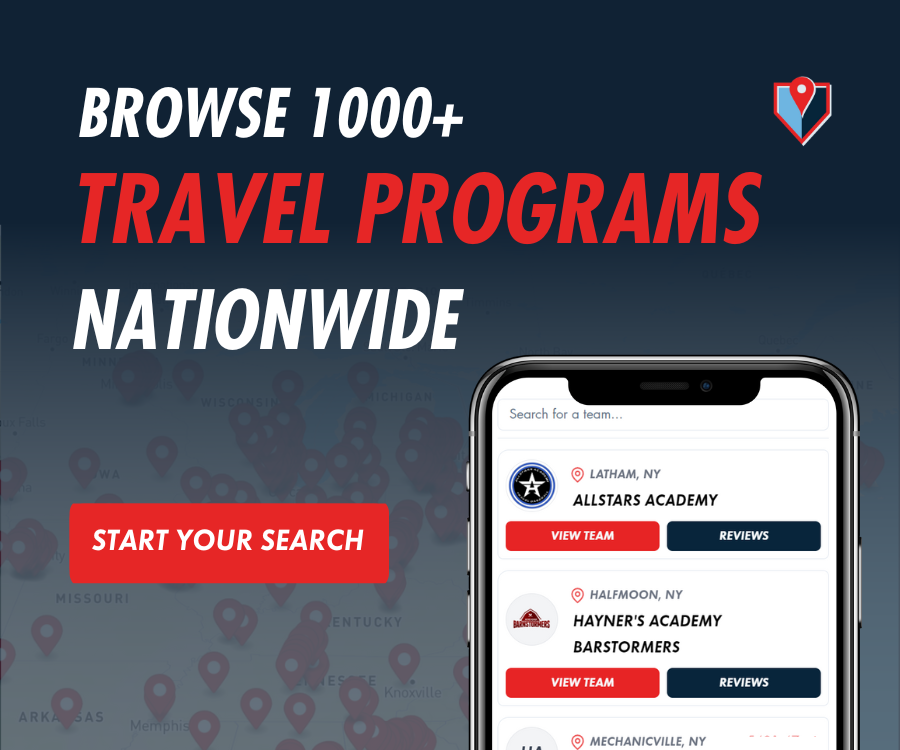How New NCAA Rule Change Affects Baseball Recruiting
Written by Zach Kerr
Updated March 25th, 2025
The NCAA has shaken up the world of college baseball recruiting with a rule change designed to slow down the recruiting process for high school players. Here are our insider takes on the rule change, its impact, and the advantages and disadvantages it brings to college baseball recruiting.
Putting the Brakes on Early Recruiting
In a bid to curb the practice of recruiting high school underclassmen, the NCAA now prohibits any communication between coaches and potential recruits until August 1st before the player’s junior year of high school. Previously, coaches were not allowed to initiate contact before September 1st of the player’s junior year, but players could reach out to coaches at any time.
Mississippi State baseball coach Chris Lemonis and Ole Miss coach Mike Bianco believe there are both advantages and disadvantages to the new model. While it may lead to fewer mistakes in early recruiting, the timing of the new rule affects the traditional downtime for coaches.
Leveling the Playing Field
Recruiting younger players has drawn scrutiny from both inside and outside college baseball. Coaches often felt the need to engage in this practice to keep up with their competition. With this rule change, the NCAA aims to create a more level playing field, giving players more time to develop as athletes and individuals before getting recruited and making life-changing decisions about college.
Positives
Reduced Pressure on Underclassmen
High school underclassmen no longer need to worry about committing to a college before they’ve had a chance to fully develop their skills and understand their options.
Better Decision-Making
Players now have more time to grow and develop as people and athletes before making crucial decisions about their college careers.
Related: Questions to Ask College Baseball Coaches
Fair Evaluations
The rule change helps ensure that college coaches are evaluating players based on their abilities rather than rushing to secure commitments from underdeveloped talents.
Healthier Workloads for Pitchers
Young pitchers may benefit from reduced workloads, as they will no longer feel pressured to showcase their abilities as early as possible to secure scholarship offers.
Negatives
Enforcement
The enforceability of the new rules is a major concern for coaches, who wonder what kind of teeth the rules will have. Strict enforcement will be difficult for the NCAA, and some coaches may still find ways to operate in the gray area or work around the rules.
Loopholes
College coaches may still attend events where underclassmen are playing, and prospects are allowed to attend camps at schools. These avenues may become even more important under the new rules, potentially leading to increased pressure on players to attend these events to maintain visibility.
Players and families should think about shifting their focus to attending more college camps and showcases as these are now the best way to get college exposure.
Adjustment Period
The true impact of the rule changes will take a few years to be fully understood, and players, families, and coaches will need to adapt to the new recruiting landscape.
Social Media’s Role in the New Recruiting Landscape
Social media platforms have played a significant role in accelerating the recruiting process in recent years. With the new rules in place, the role of social media may shift, becoming a tool for players to showcase their skills and personality without direct contact with coaches. Coaches can still monitor players’ development through social media, but they must refrain from engaging until the contact period opens. As a result, players must navigate social media responsibly, maintaining a positive image and using it as a platform to demonstrate their dedication to the sport and personal growth.
Embracing a Slower Recruiting Process
The NCAA’s new rule change is a bold move that aims to bring balance and fairness to the college baseball recruiting process. By giving players more time to develop and make informed decisions, the new rules have the potential to improve the overall quality of college baseball.
However, the success of these rule changes depends on the willingness of players, families, and coaches to embrace a slower recruiting process and operate within the guidelines.
Join the club!
Sign up for our newsletter for more articles like this and features updates from our team!


Ready to get started?

